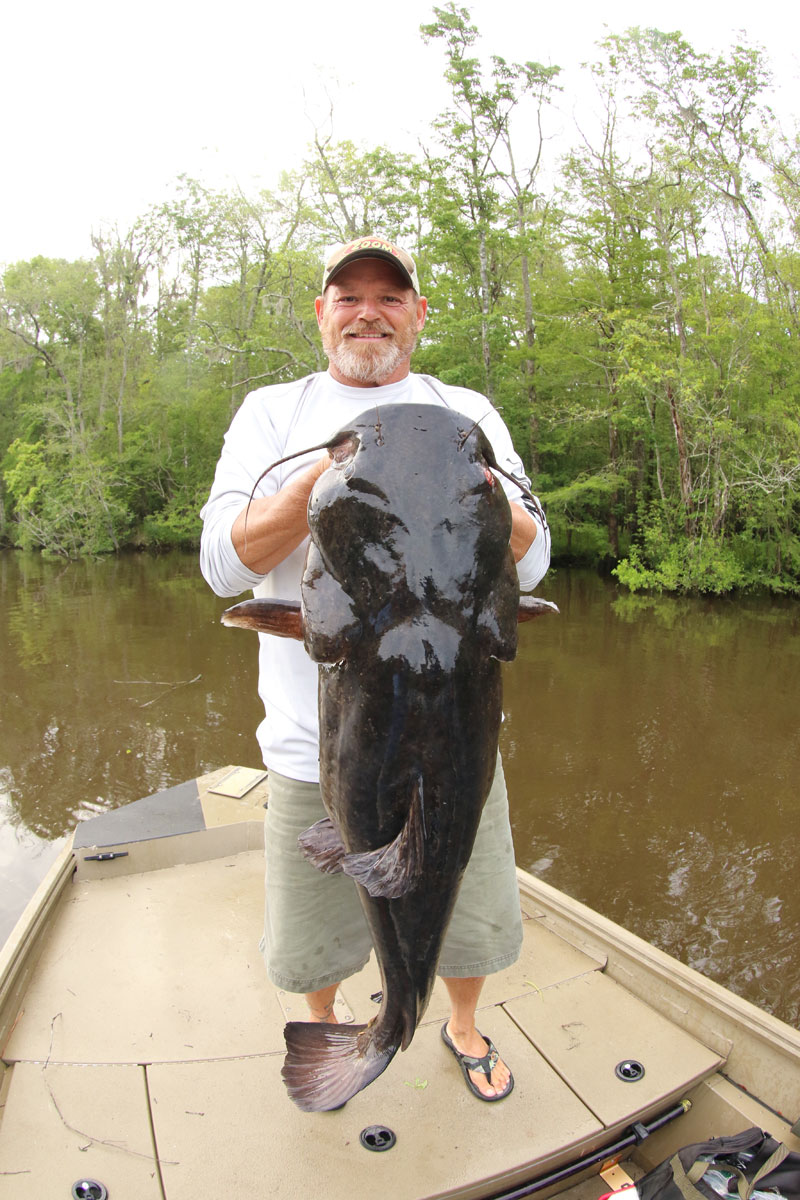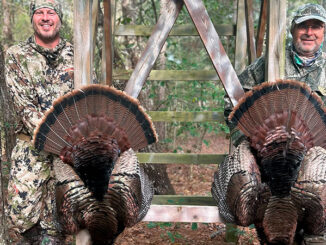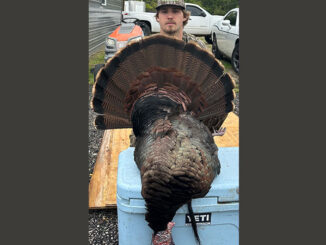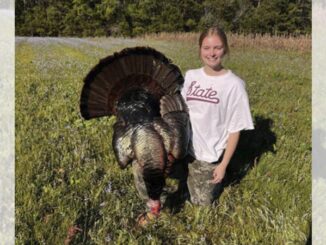
Bush hooking is fun and productive for catching river catfish
The Waccamaw River is home to all three major species of catfish. And one of the most underutilized ways of catching them here is by setting bush hooks.
Capt. Todd Vick of Fishin’ Freshwater Charters (843-333-8200) said bush hooking is effective and a lot of fun.
Setting bush hooks requires strong twine, big hooks and big weights. Anglers bait the hooks, hang them from tree or bush limbs, then come back to check them later. If you’ve never done it and it sounds boring, you’re not alone in that assumption.
“A lot of folks feel that way before they ever try it. And once they do it, they’re surprised at how enjoyable it is,” said Vick.
One reason it’s so exciting, he said, is what he calls “limb shakers.”
“Everyone loves coming up the river, seeing where we’ve set a line, and noticing the whole limb or bush is just shaking. So there’s no doubt we’ve got a big fish on,” he said.
Vick likes to target flatheads and said they prefer live bait. Live eels are good choices, and live bream (legal on the S.C. portion of the Waccamaw but not in N.C.) are also top notch baits.
Bush hooks catch catfish of all sizes
“If you’re targeting blues or channels, cut bait is good. Flatheads will eat them too, but they really prefer live bait,” said Vick. “Just make sure it’s legal where you’re fishing.”
A typical bush line starts with 100-pound test cord, ends with a No. 13 circle hook, and has a 4-ounce weight somewhere in between.
“You don’t want the weight too close to the hook because you want the bait, even if it’s cut bait, to have some movement,” said Vick.
Once the line is tied to a limb, it’s time to move on to the next one.
Vick likes to set about a dozen lines within an hour of sundown, marking their locations on his boat’s electronics as he goes. The next morning, he checks each line, removing the tackle at every stop.
“We’ll catch a lot of 5 and 6 pounders — good eating sized cats. But we’ll also catch some trophies — fish up to 40 pounds and more. We release all those trophy fish,” he said.” It’s a great way to spend time on the river doing things a little differently. And it can lead to lots of catfish, including some big ones.”





Be the first to comment